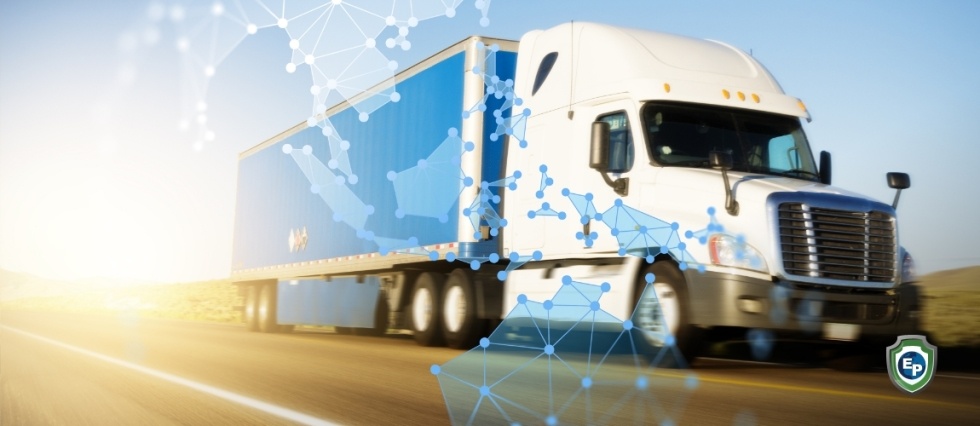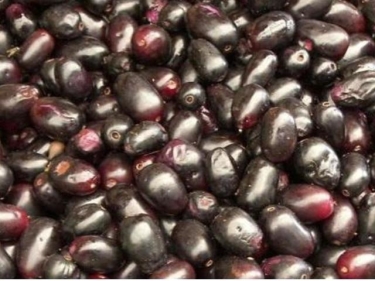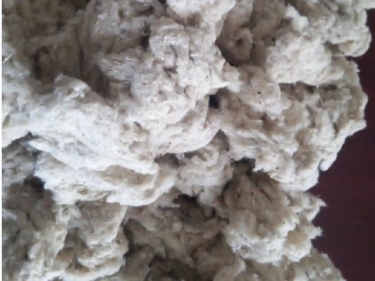How Blockchain Can Transform Global Trade Supply Chains
In this article, we'll explore how blockchain technology can help transform global trade supply chains by reducing trade barriers, increasing transparency, and providing an efficient to transfer goods

When most people hear the word Blockchain, they first think about cryptocurrencies. But cryptocurrencies are only one application of blockchain technology. In fact, Blockchain has a wide range of use cases in international trade.
What is blockchain technology?
Blockchain is a database technology. Contrary to traditional databases, a blockchain does not rely on a centralized entity.
For example, if someone sends money to another person, that transaction is only a change to the ledgers of the involved banks. The sender's bank reduces the bank account balance of the sender, while the receiver's bank increases the bank account balance of the receiver. No actual money ever changes hands. Hence the entire transaction relies on the banks as centralized intermediaries doing their job correctly.
Blockchain, on the other hand, works with a decentralized ledger. That means there is no centralized entity like a bank involved. Instead, a decentralized computer network ensures the correctness of each transaction through a mathematical algorithm. As a result, the banks become obsolete.
What about global supply chains?
In the same way Blockchain can facilitate and streamline monetary transactions, it can improve global supply chains. By reducing the involvement of centralized actors, supply chains become more transparent, faster, and cheaper.

Transparency
Take the following example: Today, if you buy a can of tuna in the supermarket, you have no way to verify where that tuna actually comes from. Some organizations supervise the tuna supply chain and put a label on a tuna can. You, as a consumer, have to rely on this label.
Now bring in Blockchain: In a blockchain-based system, each value chain participant can upload documents to the Blockchain proving their role in the supply chain. For example, the company fishing the tuna can upload proof of origin onto the Blockchain. The shipping company can upload shipping data to prove when the tuna was shipped from where to where. The supermarket can upload proof of when the tuna arrived in the store.
All of this data is recorded on a blockchain. You, as a consumer, can scan a QR code on the tuna can that gives you access to all this data. Hence you can verify every supply chain step without a centralized actor.
Faster and cheaper
Blockchains can also make trade faster and cheaper as they reduce the need for intermediaries.
For example, trade parties can exchange documents and even payments directly on peer-to-peer trade platforms such as Export Portal. Money can be deposited in a Blockchain-based escrow account and automatically released via a smart contract once the shipper uploads proof of shipment to the Blockchain. That would reduce the need for trade finance suppliers and banks in foreign trade, thus reducing trade costs and speeding up import and export operations.
Likely, Blockchain will increasingly be used in trade, given the cost and efficiency advantages.
Learn More with Export Portal
At Export Portal, we believe in being a truly comprehensive international trade marketplace. That includes helping our users learn everything they need to know about trade. Check out the best export platform today!


















Comments 3